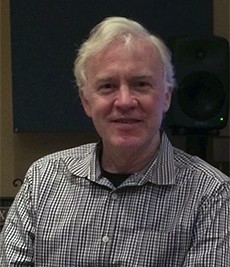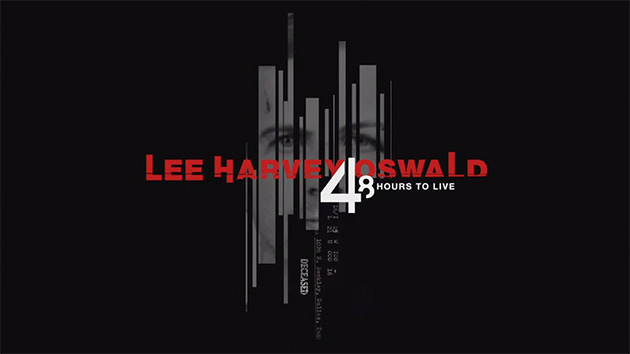
On Mixing for Television, Conspiracy Theories, and the Best Thing About East Coast Audio
Hobo Audio founder and creative director Howard Bowler came to sound design after his experience as a New York rock-and-roll and pop musician (his band, Marbles, played at CBGB in the mid-70s) morphed into a career in audio engineering and post. Hobo Audio's latest project is the audio mix and sound design for Lee Harvey Oswald: 48 Hours to Live, a two-hour History Channel special premiering tonight. (The show open is available already on Vimeo.) We had Five Questions for Bowler on sound mixing, TV audio, and staying in the New York groove.
Q: So, it looks like you're the man to ask: What do conspiracy theories sound like?
A: Conspiracy theories sound dangerous, paranoid, credible and unbelieveable. But don't take my word for it — ask the NSA. They are the experts.
Seriously, when we work on this type of programming, we are dealing with mystery and drama. These moods can be captured very effectively with the right sound design and mix, and the mood is ruined if the sound design quality is poor. The most exciting part of building these types of FX is not what you put in soundwise, which is important, but, more importantly, it's what you leave out.
Q: Tell us about some of the more unusual sound elements or techniques that went into this documentary. What should sound-savvy viewers keep an ear out for?
A: Here's a key scene to watch. It had to be recreated, since there was no original sound. It's Oswald's gunshot scene, filmed in slow motion. Emotionally chilling and powerful, it called for very creative sound design. To evoke the right mood, we used different tools to stretch the waveform, change the pitch, etc, to match the visuals. We also played with the EQ of the bullet slugs flying from the chamber. The team here did a fantastic job with sounds and effects to create a very emotional experience.
Q: How is sound for TV evolving? Are you mixing for the home theater with the 7.1 sound system, the LCD panel with crappy speakers on either side of the screen, or something in between?
A: Well, TV is evolving in exactly the way you describe. That is, there are more listening environments than ever, from portable devices to large theaters, and that creates opportunities for the astute audio mixer. Our preferred mix format is 5.1, but we do a lot of stereo as well. While mixing, it's very important to know what the ultimate listening environment is going to be. If it's TV, we will mix a certain way to that. If it's theatrical, it's a different spec. As for large room presentations, that is yet another environment to be considered. I didn't even mention earbuds! This may sound like a step backwards, but for all you mixers out there, it's incredibly illuminating to listen to a mix in mono. If you can hear everything in it's proper perspective in that environment, you most likely have a killer mix.
Q: What did your time in rock and roll teach you about sound design?
Wow, I never put those two things together before! But anyway, having mixed a lot of music before getting in to audio post, my view, from mixing music to sound design, is that less is more. It's an important concept that I mentioned earlier. When you crowd a track, whether it be music or sound design, you get ear fatigue. So it's not what you include. It's what you decide to leave out. Just 'cause you've built all these effects doesn't mean you should use them. I can give many examples for both music and sound design, but on the music side, listen to the first track off the Nirvana CD Nevermind, mixed by the great Andy Wallace, and you'll hear exactly what I'm talking about.
Q: You're based in New York City. What are the advantages of audio post on the East Coast?
Anyone who comes to NYC knows what the advantages are. Everything in the world exists in this tiny sliver of land. In my opinion, it is the most exciting, fascinating city in the world, It attracts incredible talent and for sheer vibe and energy it can't be beat. And this is reflected in everything we do. We New Yorkers always jockey to be the best at our craft. Where else could you produce The Sopranos, Law and Order and the signature song "New York, New York" all in one place?
Bonus Track: Here's the Marbles' 1976 single "Red Lights," performed live in the studio. (Howard is on lead guitar.)
Crafts: Audio
Sections: Creativity
Topics: Q&A history channel hobo audio howard bowler sound design sound mixing tv programming
Did you enjoy this article? Sign up to receive the StudioDaily Fix eletter containing the latest stories, including news, videos, interviews, reviews and more.











Leave a Reply